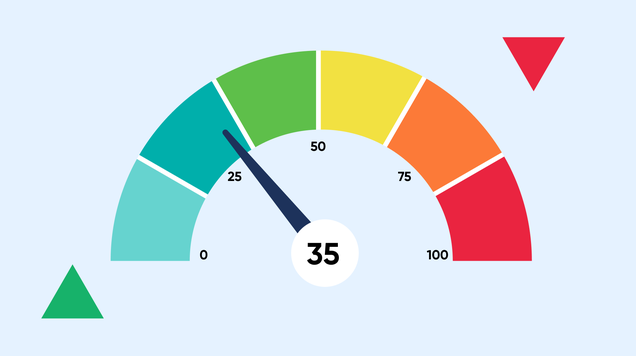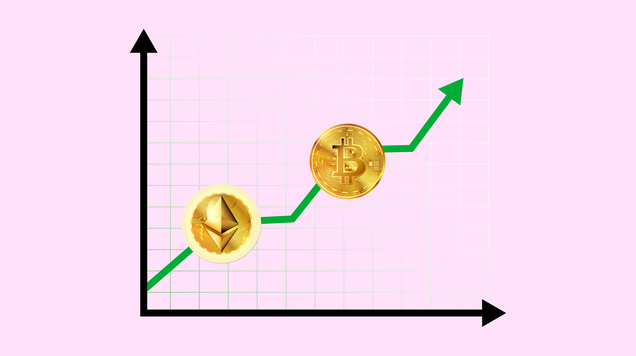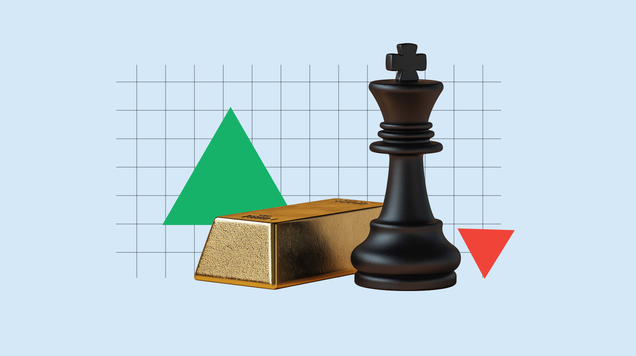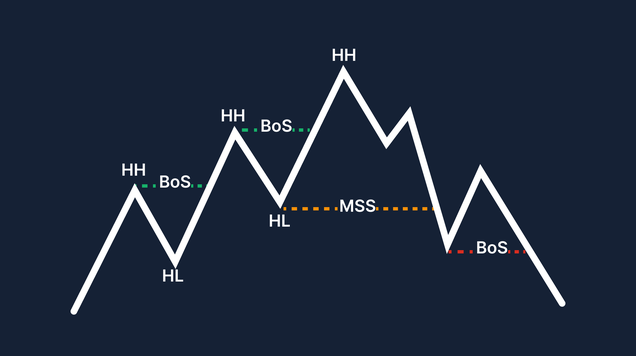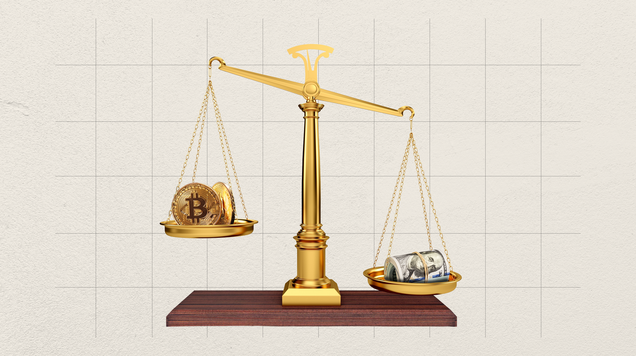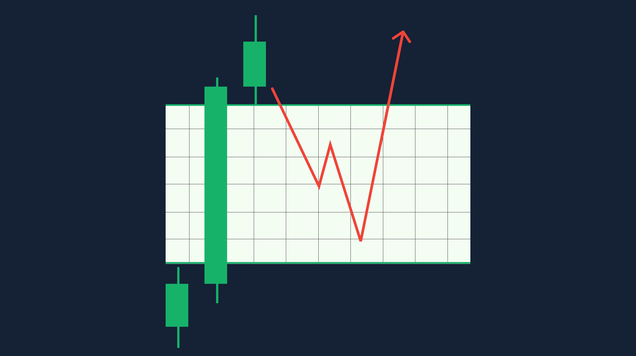What is price-action trading and how can you use it?
Price-action trading is the craft of reading a market’s ebb and flow directly from its own price prints. By focusing on raw candlesticks, swing structure and liquidity shifts, a trader can act as soon as supply or demand tips the balance—often faster than any lagging indicator can signal.
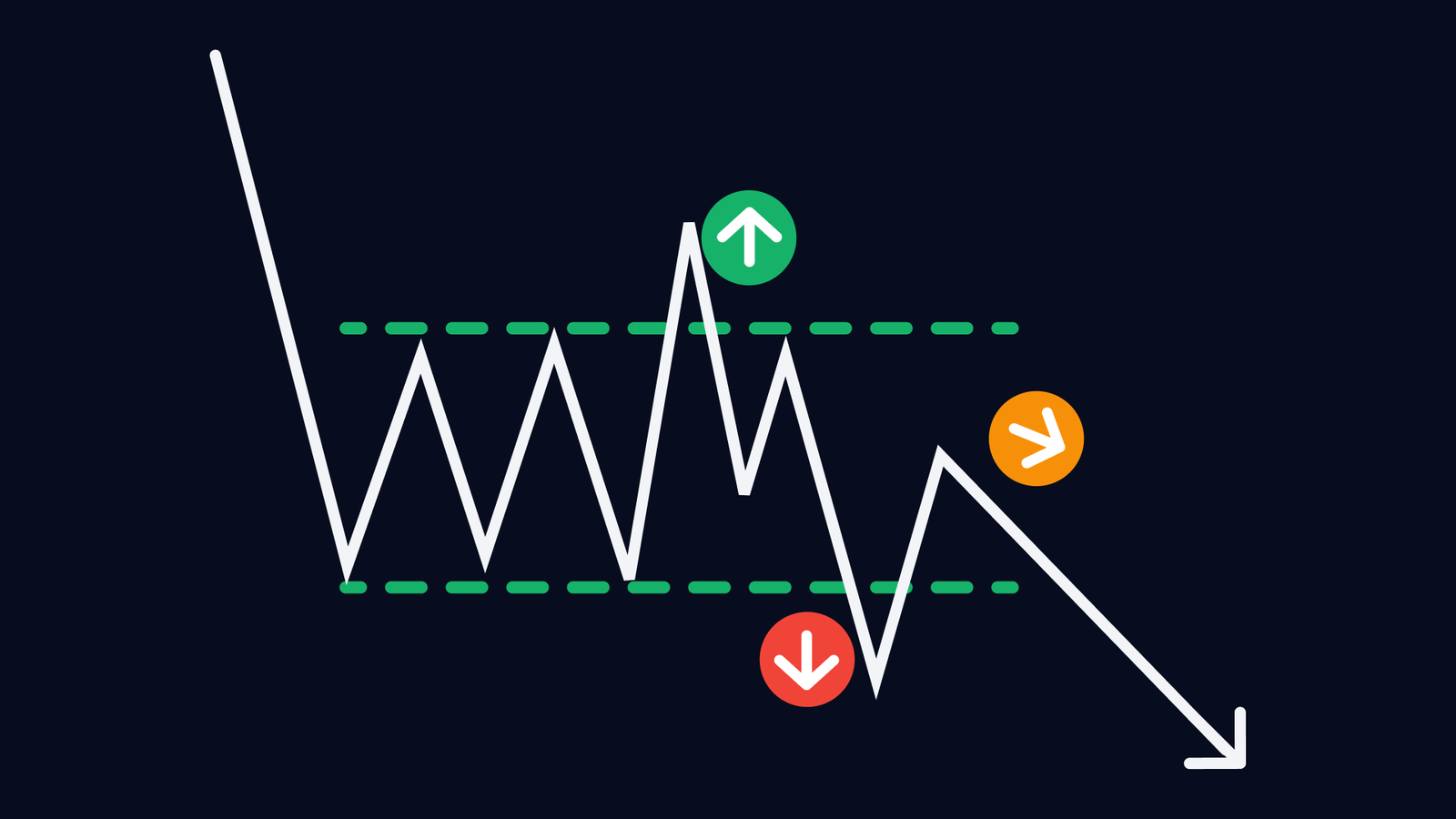
Price-focused with no lag, using candlesticks and market structure instead of indicators
Mastering trend structure, support-resistance zones, and key candle patterns
Starting from higher timeframes to set bias, then refining entries on lower timeframes
From tape-reading to modern screens: a brief history
Long before computers drew oscillators, early Wall Street “tape-readers” such as Jesse Livermore studied nothing but price and volume ticks printed on a ticker tape. Their method survived the transition to paper charts, then electronic platforms, because the logic never changes: price is the distilled record of every order just executed. Modern price-action traders inherit that legacy, using candlesticks and bar charts as a high-resolution tape to spot where buyers take control and where sellers ambush the rally.
Three structural clues that anchor every analysis
The first clue is swing geometry. A market that continually posts higher highs and higher lows exhibits active demand, while a cascade of lower highs and lower lows reveals persistent supply. When the sequence fractures—say, the first lower high appears after months of ascent—momentum is shifting.
The second clue is key levels. Each major peak or trough leaves behind resting orders and stop clusters; these levels later act as resistance or support. A price-action chartist marks them to anticipate where fresh liquidity will emerge.
The third clue is candle behaviour. A pin bar with a long upper wick tells of a failed bullish probe; an inside bar compresses energy before expansion; a full-body engulfing candle records a sudden order-flow flip. Reading those “micro-stories” refines timing inside the broader swing map.
Liquidity gaps: the hidden magnets on every chart
Fast news moves often leave tiny voids—the market leaps from one price to the next with little or no trading in-between. These fair-value gaps attract price later as residual orders seek execution. Advanced price-action strategies set pullback entries inside the gap, placing tight stops just beyond it and aiming for the next liquidity pocket.
Building a top-down routine that keeps bias straight
Professional desks rarely start on the five-minute chart. They begin with a monthly or weekly scan to tag macro trendlines and institutional order blocks, then descend to daily to update active swing pivots, and only then drop to four-hour, one-hour or fifteen-minute windows for precision entries. This cascading approach prevents the fatal error of trading a micro reversal against a macro hurricane.
Putting theory into action: a three-stage framework
Stage A – Preparation: Before the session opens, mark the last two swing highs and lows on the primary time-frame and note any gap zones. Decide whether the market is trending, ranging, or coiling into news. No plan, no trade.
Stage B – Trigger: Wait for price to reach a mapped level and print a qualifying candle—pin bar rejection for reversals, inside-bar break for continuations, engulfing flip after a false breakout. Enter on the close or, if liquidity permits, a tiny pullback into the candle’s midpoint.
Stage C – Trade management: Risk less than one percent of equity. Place the stop a volatility buffer beyond the invalidation wick (ATR works well). Manage position in thirds: lock one third at 1R, trail the second behind structure, let the final third aim for the next opposing swing. This staggered exit turns even choppy markets into positive-expectancy terrain.
Advantages that keep pros loyal—plus the pitfalls
Price action travels effortlessly across assets and broker feeds; you never need to retune parameters. It reveals shifts at the exact moment liquidity changes, not after a moving average catches up. It also sharpens trader psychology by forcing attention on real-time order flow instead of colourful indicators.
Yet subjectivity lurks: two analysts may draw different trendlines or disagree on which wick seals a pin bar. Sideways markets can print conflicting signals and drain patience. The cure is a written rule-set—what qualifies as structure break, which sessions to skip, how many trades per day—to neutralise bias.
Blending minimal tools without clutter
“Pure” price-action traders may still overlay a 20-period EMA for directional context or VWAP for intraday fair value. The indicator never leads the decision; it only confirms what raw price already states. Volume-profile histograms likewise highlight where auctions were thick, reinforcing levels the candles suggest.
Risk control: the edge behind the edge
Because price-action signals often cluster around obvious levels, stop hunts are common. Keep risk tiny, widen perspective. A failed pin bar is information—close quickly, record the loss, re-enter only if the new candle proves support. Remember: survival is a strategy; profit is a by-product.
FAQs
Does price action work without volume data?
Yes—forex traders succeed on price alone—but adding volume where available (futures, equities, crypto) strengthens the read.
Is price-action trading slower than indicator trading?
No; it is often faster, since you react to the candle itself instead of waiting for an indicator to confirm.
Can beginners start with price action?
Absolutely, but practise on a demo or micro-lot account. Build a journal to link patterns with outcomes.
